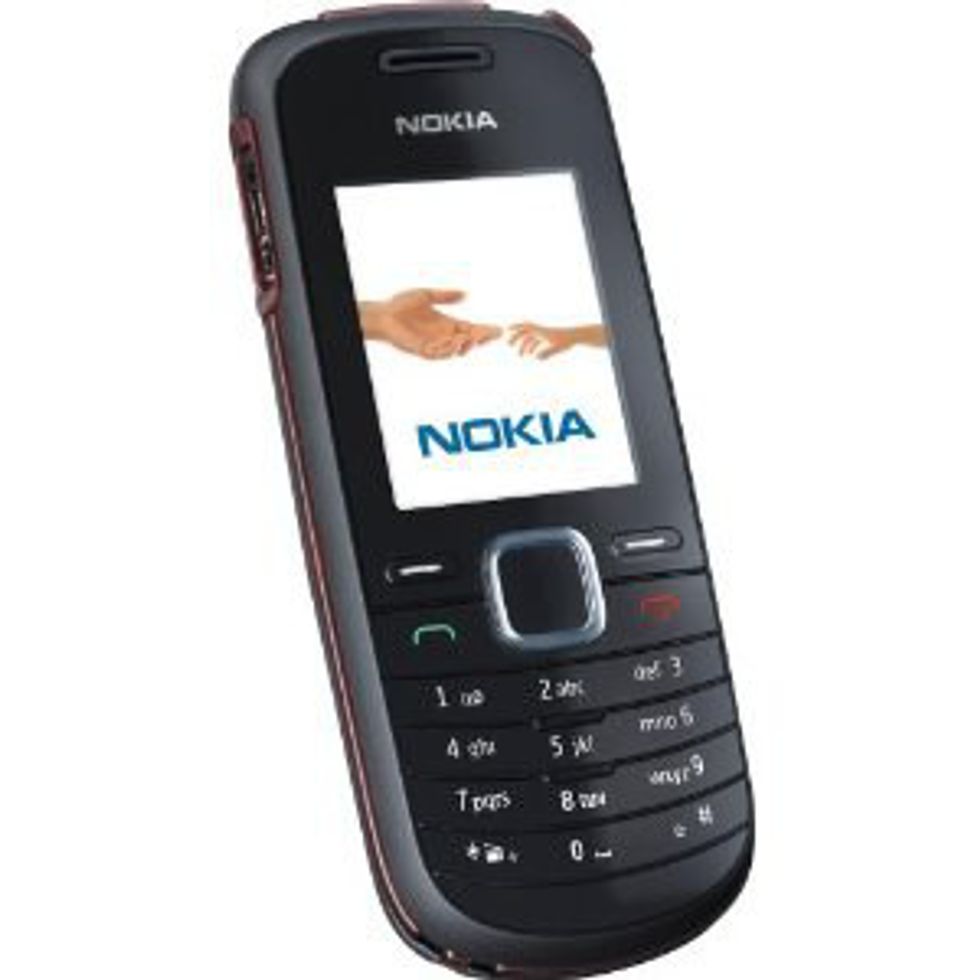1. Power Adapter/Converter
Yes, it is totally appropriate to call me an ignorant American for this, but before I was planning international travel, I had no idea power converters existed. I mean, why wouldn’t everyone’s outlets be the same? Anyways, they’re not. Actually, there are 15 types of plugs used around the world today. Within this variety, Europe’s outlets are both a different size voltage and outlet shape than those in the United States. Luckily, the European Union loves to standardize things and the converter is the same for the majority of member nations (Great Britain uses their own special shape, even pre-Brexit). Although a simple converter purchased from Wal-Mart, TJ Maxx or any electronic retailer for around $20 can solve most of your travel power needs, it is important to keep in mind converters cannot handle extremely high voltage. Basically, stay away from using your hair dryer with a converter and everything should be OK.
2. Credit/Debit Card
Before leaving for Latvia, I reviewed my school issued packing list and obtained the recommended “200 dollars cash—twenty dollar bills only” to exchange upon arrival. Little did I know, exchange rates and commissions can be very expensive. Not to mention, people love to rip off Americans who do not speak the native language—this often results in a mysterious increase of this commission. I quickly discovered a credit/debit card was a much better option. Before leaving the US, simply check with your bank regarding the rules your card has regarding international use. There are multiple card packages which have no international fees. Using this to withdraw money from an ATM turned out to be much cheaper than the old fashioned exchange. Either way, make sure to call your bank to ensure they know you are traveling and do not suspect fraud and cancel your account while you are abroad.
3. Cheap Phone
Also known as a “burner phone” a throwback flip phone is a must have for international travel. I purchased my little black Nokia in Latvia for around 20 Euro upon arrival. Although it has a slightly prehistoric feel and a screen no bigger than my thumb, I am able to insert a SIM card in from any carrier. Generally, this is a much cheaper alternative than extending your phone plan from the United States. For example, my carrier, AT&T, offered a month abroad “bargain package” that was going to cost me somewhere in the ballpark of $150 for a small number of calls, text and data. Meanwhile, disregarding the price of the actual phone, a Latvian phone plan was three euro for three weeks of unlimited calls and texts. Although smart phones equipped with Wi-Fi texting and calling are a great alternative, Wi-Fi is not always available. Trust me, there is nothing worse than being stranded in the middle of a city and not being able to communicate with whomever you are trying to meet. Burners are also great for unexpected emergencies. It is definitely not glamorous, but it gets the job done.
4. Pillow
The art of traveling comfortable is not an easy one to master, but as someone who has proudly slept 40 of the 48 hours I have spent on an international flight this summer, I am confident in my abilities. What’s my secret? A full-sized-no-kidding-real pillow from my bed. Not an oddly shaped neck pillow. The free and flimsy pillows on international flights won’t do either. No window seat? No problem — a “real” pillow can be maneuvered for comfort anywhere on the plan or in the terminal. Side note: make sure to wash the pillow case as soon as travel is complete.
5. Comfort Food
International travel can be a huge culture shock. Within this excitement, one of the most interesting aspects of travel is trying the native food, but. As delicious as Schnitzel and Doner have been, there are days where I was craving some America. On both of my Europe trips this summer, I brought Cheerios. Some days, I just wanted to taste a little bit of home and Cheerios were able to give me that. I highly recommend find the food that creates this feeling for you and packing a small bag with you just in case.

























